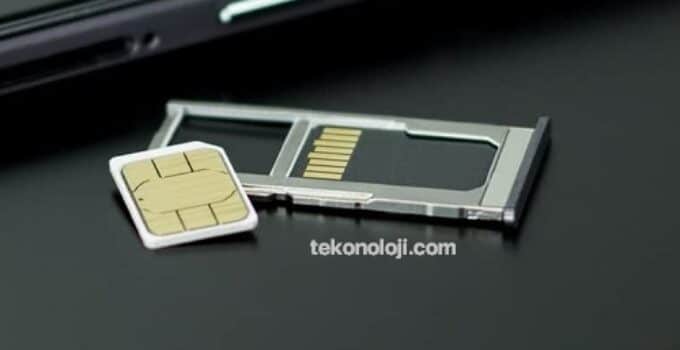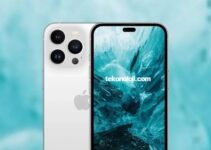iPhone 14: Is Apple leaving out the SIM card? After the war against the jack socket, now the end of the physical SIM: Apple is allegedly considering only relying on eSIMs. Or only later?
3 ways to check iPhone warranty status
Apple has been using eSIM technology since the iPhone XS, but has always given users the option of using a physical SIM card in their smartphones. According to one report, this could be over in the foreseeable future.
iPhone 15 or already iPhone 14?
As with the physical headphone jack (jack), Apple wants to omit another mechanical part of its smartphone. That’s what Bloomberg journalist Mark Gurman believes after consulting with informed circles. However, it is not yet clear when the implementation will take place. It is conceivable that the end of the SIM slot is already approaching in some iPhone 14 models this week. Alternatively, the group could also postpone the changes to the coming year and wait until the iPhone 15.
There have been repeated rumors about the transition to the SIM-less age in recent years, allegedly even the first iPhone was supposed to do without the card slot completely because Steve Jobs didn’t agree to this. eSIMs are useful, but they may make the user dependent on a specific carrier. Especially in smaller countries or regions of the global South, eSIMs are still almost unknown – if you want to buy an alternative physical SIM here, you are left with no option to use it without a slot.
eSIM is becoming part of everyday life – according to Apple
Apple had recently improved the eSIM technology in its devices and now also allows dual SIM operation with 5G, which initially did not work. Many mobile operators have also adapted to the service and allow quick and easy provisioning via web interface. In the past, you had to go to cell phone shops for the eSIM, where you could get a physical printout – or you could get the profile as a QR code in the mail.
However, the group pursues different strategies depending on the country. In China, Hong Kong and Macau, where eSIMs were once hardly used, the iPhone even comes with physical dual SIMs, a feature that users in the West would certainly have wished for. According to Gurman, Apple will try to promote the eSIM even more. Mobile phone providers should therefore guide users more and more in the direction of digital maps. This would mean the end of the physical nano-SIMs that Apple currently uses.



